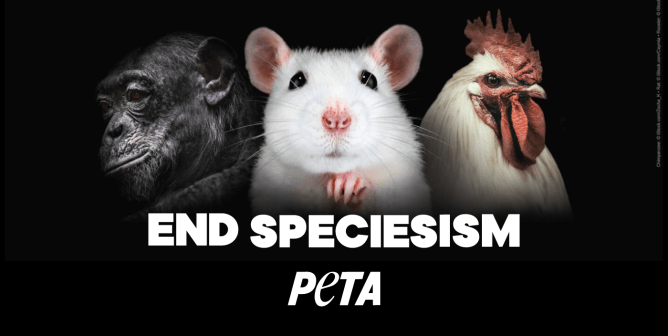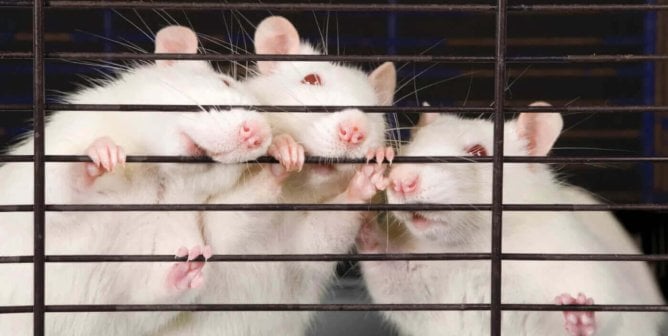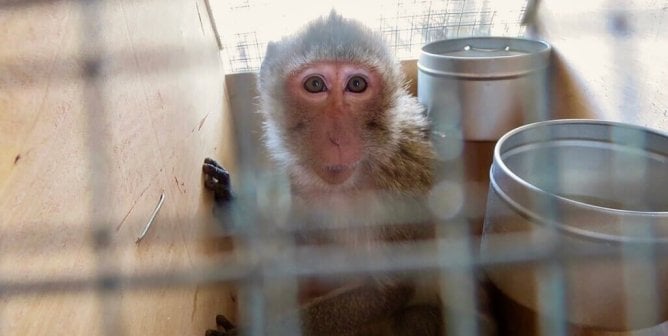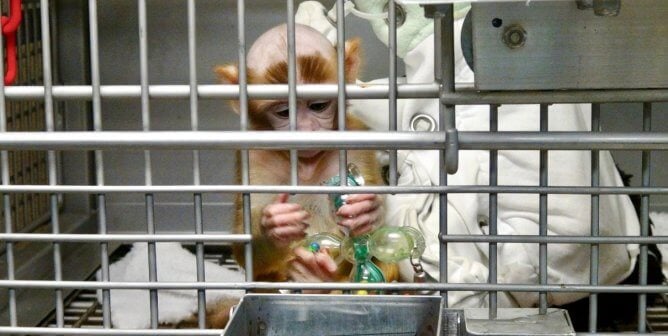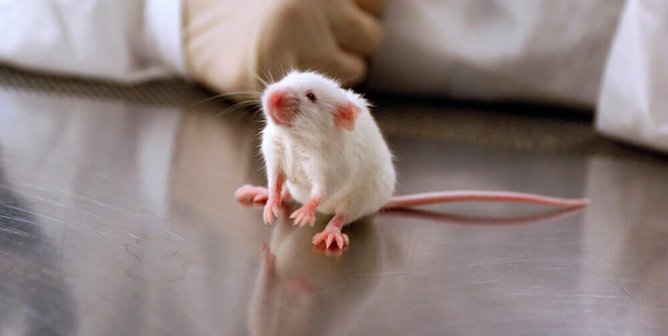Eye Irritation and Corrosion
Eye irritants are chemicals that cause reversible eye damage, whereas substances that cause irreversible damage to the eye are considered severe irritants or corrosives.
A number of government agencies require or request the submission of eye irritation/corrosion data for products such as cosmetics, pesticides, and pharmaceuticals before they’re marketed or shipped, in order to predict whether they will cause damage if they come into contact with human eyes. In the U.S., these agencies include the Consumer Product Safety Commission, the Environmental Protection Agency, the Food and Drug Administration, and the Department of Transportation.
Animal Tests
The Draize eye irritation and corrosion test dates back to the 1940s. In this test, substances are applied to the eyes of live rabbits. Laboratory technicians then subjectively score the damage—which can include inflammation, ulcers, bleeding, swollen eyelids, irritated and cloudy eyes, or even blindness—at specific intervals for up to two weeks.
Evidence demonstrates that the Draize rabbit test has variable outcomes. In fact, different laboratories—and even different rounds of testing within the same laboratory—often yield different results. In addition, the results from the Draize eye irritation and corrosion tests are not necessarily relevant to humans, because of the anatomical and physiological differences between human and rabbit eyes. For example, rabbits have a third eyelid, whereas humans do not.
Non-Animal Tests
Multiple methods can be used to replace the unreliable Draize rabbit eye test, many of which are recognized by the Organisation for Economic Co-operation and Development—an alliance of countries promoting international consistency in the testing, labeling, and regulation of chemicals. For example, chemicals can be applied to human cell models of the cornea and any damage to the cells themselves or to the barriers between the cells is then assessed. Another test uses fluorescent dye to measure a chemical’s ability to break through a solid layer of cells, and yet another assesses a chemical’s potential to damage the molecular structures within the eye that are essential for normal function.
In 2021, PETA scientists and their expert collaborators from government agencies and private laboratories published a paper showing that scientific methods that do not use live rabbits were as reflective of human biology as the rabbit test is—if not more so—and that their results were more consistent than those of the rabbit test. The authors concluded that the newer methods should be accepted immediately to replace the rabbit test. These test methods that don’t use live rabbits are already accepted for testing certain types of substances, and PETA scientists will work to ensure that they are accepted around the world for all testing.

